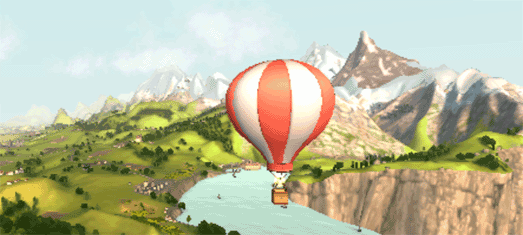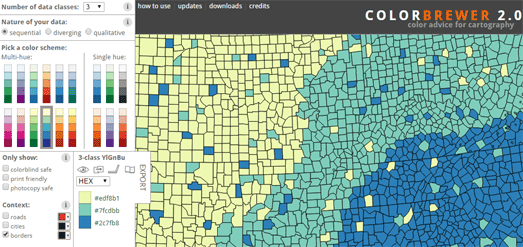Posts
Showing posts from September, 2015
The Amazing 3D Swiss Alps Balloon Ride
- Get link
- X
- Other Apps
Mapping the History of Housing Segregation
- Get link
- X
- Other Apps
The Leaflet Map of Pluto & the 3D Globe
- Get link
- X
- Other Apps
The Healthiest Places to Live in Canada
- Get link
- X
- Other Apps






























